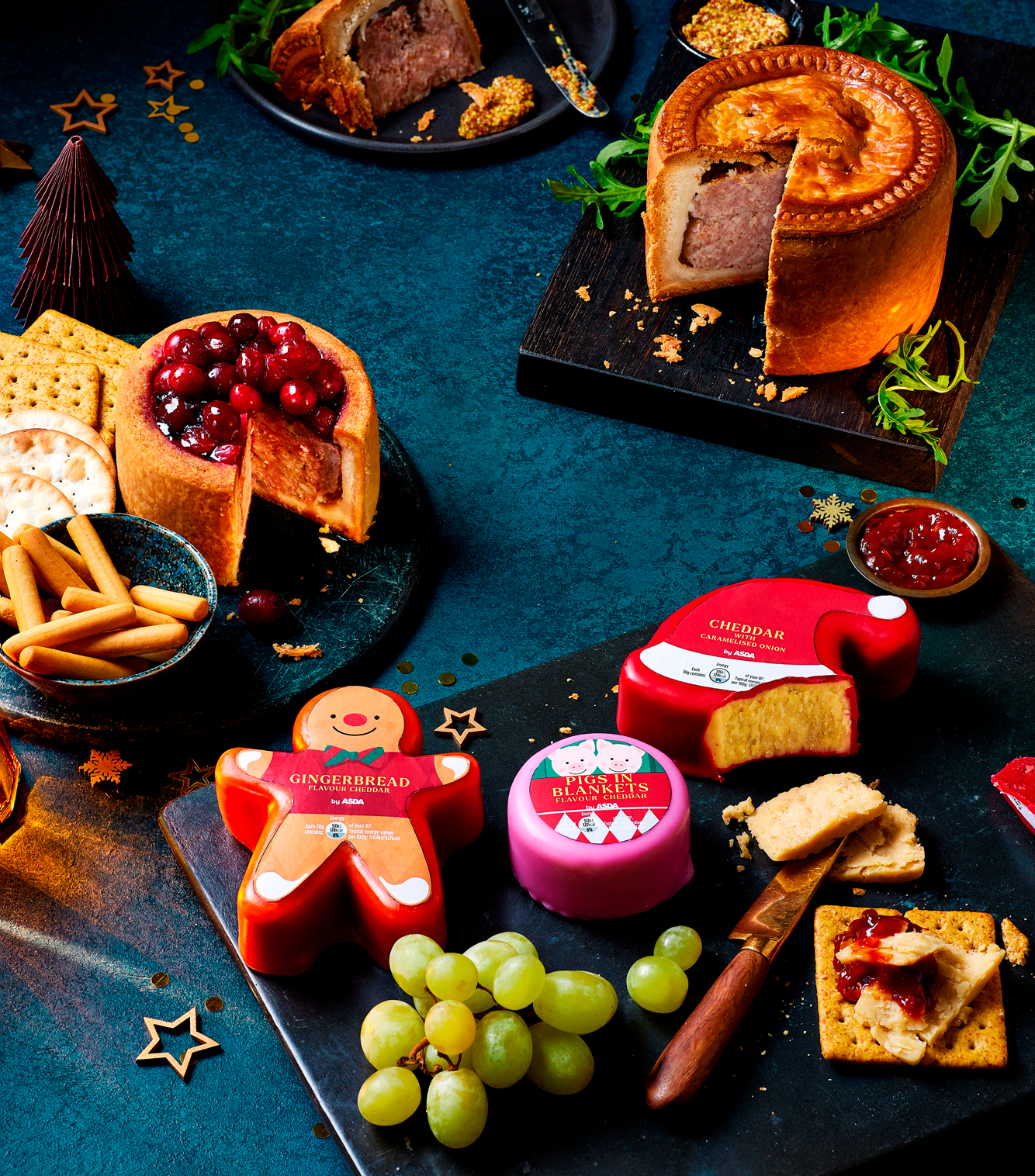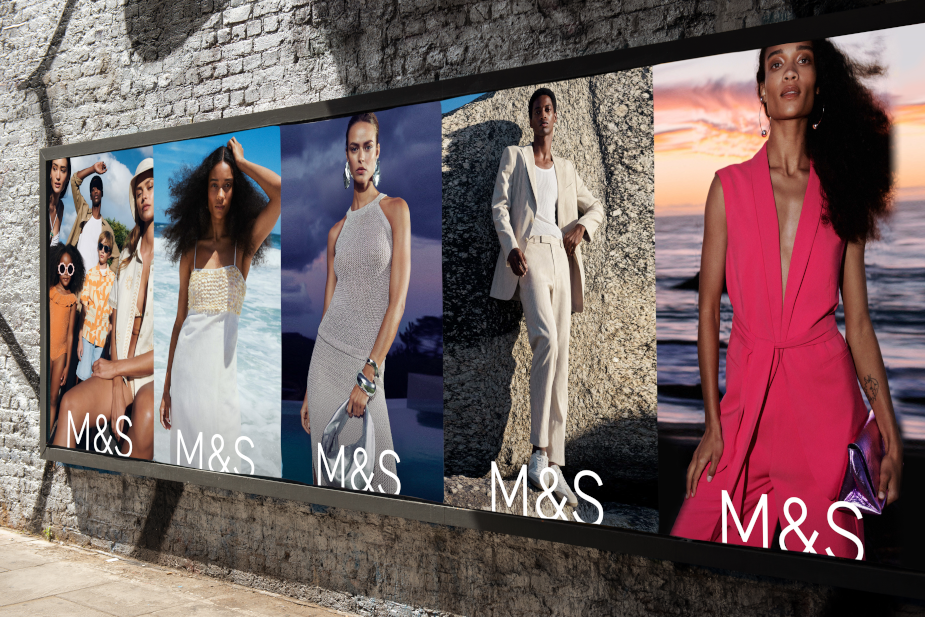Last month saw record spending on luxury goods, by none other than Chinese tourists. A weaker euro has in turn made products cheaper than at home for Chinese consumers, who have recently been on an increased number shopping sprees according to a report published by Global Blue.
The report shows that spending by Chinese tourists, the biggest spenders on luxury goods, jumped by 122% following a 52% rise in February, bringing the increase for the first quarter to 67%, the report said. This compared with a rise of 32% in the fourth quarter and 18% in 2014.
Many Chinese tourists have shied away from luxury hub Hong Kong, where major brands have invested significantly in new stores over recent years, following pro-democracy protests last year.
Exchange rate movements have led to significant regional price differences – the same luxury item could, for example, cost more than 50% less in European capitals than in major Chinese cities.
The trend has encouraged Asian buyers to snap up goods in Europe and resell them at home, a practice often referred to as parallel trading or the ‘grey market‘ and which is causing major brands to worry about issues related to their products’ perceived authenticity.
It is estimated that 20 to 40% of luxury sales in mainland China are now parallel, based on what luxury goods executives and consultants have said.
Last week, British luxury goods maker Burberry said it would re-align prices to match the competition after brands including Chanel and Patek Philippe reduced prices in Asia by over 20% to reduce the discrepancy with Europe. Kering could be doing the same.
The VAT refund company said overall, worldwide global tourism spending reached its highest level in March since May 2011 despite Russian spending falling 39%, against a 51% drop in January.
Watches and jewellery performed best, with sales up 67% in March against 32% the previous month, Global Blue said. Leather goods sales rose 50%, versus 24% in February










